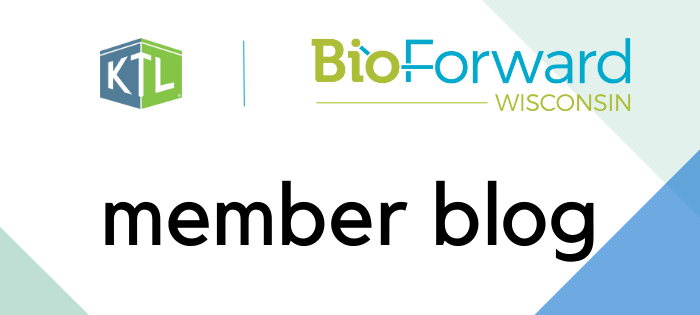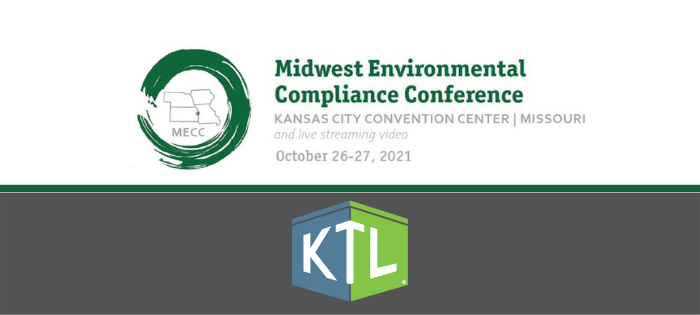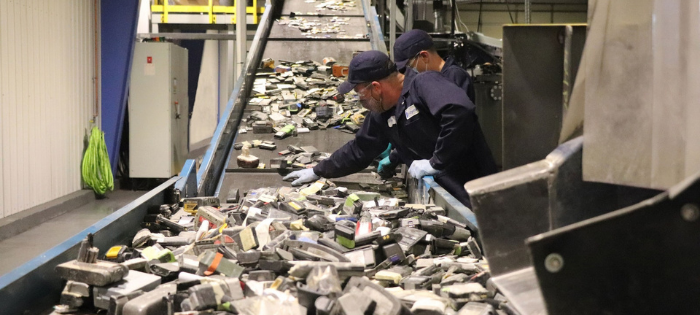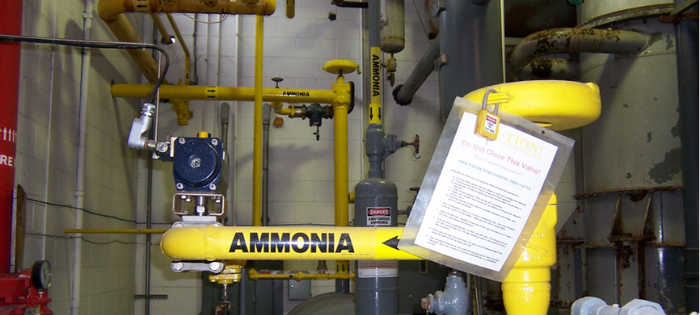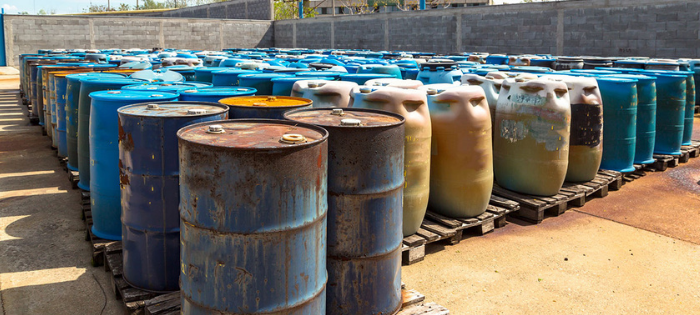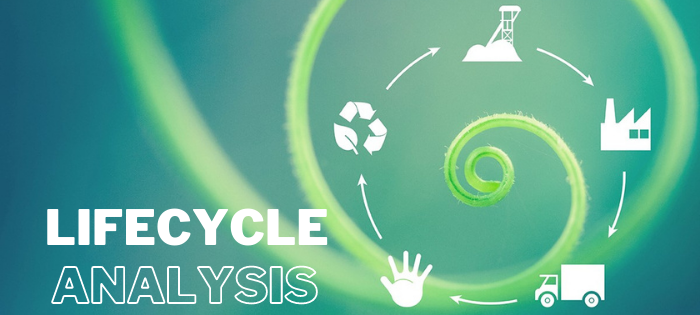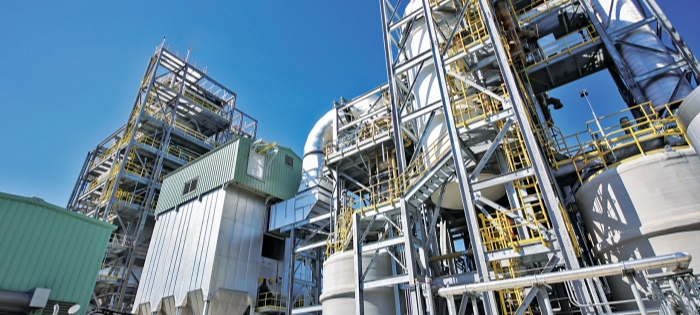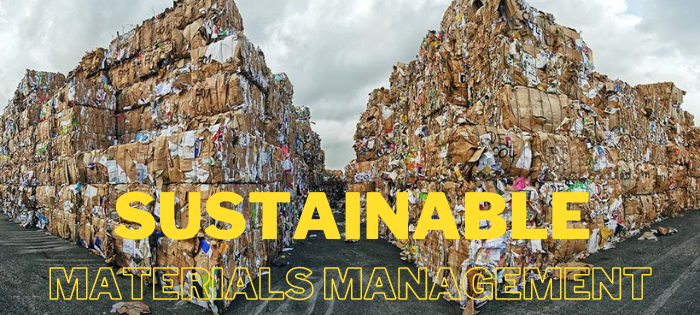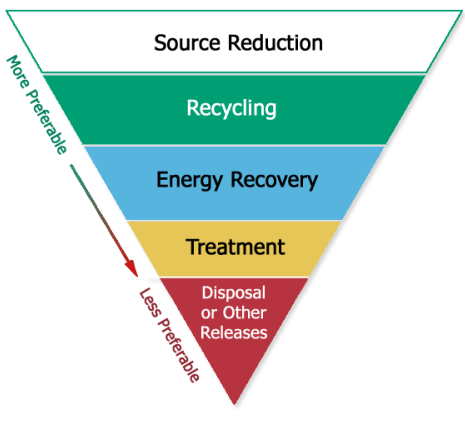Over the past several months, we have seen an uptick in Environmental Protection Agency (EPA) enforcement actions and large penalties for violations related to anhydrous ammonia storage, risk management, and chemical accident prevention planning. These include the following recent penalties:
- Praxair in Carson, Calif., pays $127,000 EPA penalty for violations of law related to ammonia storage, risk management
- EPA settles chemical accident prevention planning violations at eight Yakima Valley cold storage facilities
- Multistar pays $135,000 EPA penalty for violations of ammonia storage and risk management rules
- EPA settlement with MDV SpartanNash resolves Clean Air Act violations at Norfolk, Va. food distribution center
Many of these violations have been uncovered as part of a National Compliance Initiative (NCI), which focuses on reducing risk to human health and the environment by decreasing the likelihood of accidental releases at facilities. According to EPA, there are approximately 150 catastrophic accidents each year at facilities that make, use, or store extremely hazardous substances (EHS). With ammonia refrigeration making up approximately 40% of the facilities with EHS regulated under the EPA’s Risk Management Program, these facilities have become a clear target for EPA.
Chemical Accident Prevention Program
Anhydrous ammonia is classified as an EHS that presents a significant health hazard if accidentally released. Anhydrous ammonia is corrosive to skin, eyes, and lungs. Exposure to 300 ppm is immediately dangerous to life and health. It is also flammable at concentrations of about 15-28% by volume in air.
To help refrigeration facilities comply with Clean Air Act (CAA) requirements and prevent accidents that could result in these significant hazards, EPA’s NCI is working to enforce the following regulatory aspects of the CAA’s Chemical Accident Prevention Program:
- Risk Management Plan (RMP) regulations (40 CFR Part 68)
- General Duty Clause (GDC) (CAA Section 112(r))
- Emergency Planning and Community Right-to-Know Act (EPCRA) (CAA Section 312)
- Process Safety Management (PSM) regulations (29 CFR 1910.119)
Risk Management Plan (RMP)
EPA’s RMP regulations require facilities that have more than a threshold quantity of certain regulated chemicals in a process (e.g., use or storage) to develop a Risk Management Program. CAA designates anhydrous ammonia as a regulated substance under RMP with a threshold quantity of 10,000 lbs.
Recent cases have demonstrated that refrigeration facilities may not be fully implementing RMPs, despite requirements. Facilities subject to RMP must:
- Analyze the worst-case release scenario to determine the potential effects of a release.
- Implement a prevention program that includes safety precautions, as well as maintenance, monitoring, and employee training.
- Complete a five-year accident history.
- Coordinate response actions with the local emergency response agencies through an Emergency Response Program.
- Submit to EPA a written RMP that summarizes the Risk Management Program.
General Duty Clause (GDC)
The GDC requires that owners and operators of facilities with regulated substances and other EHS in any quantity ensure those chemicals are managed safely. Unlike RMP, GDC applies to many chemicals and applies facility-wide, regardless of the amount of chemical stored. Facilities are responsible for:
- Identifying the hazards posed by chemicals and assessing impacts of possible releases.
- Designing and maintaining a safe facility to prevent accidental release.
- Minimizing the consequences of accidental releases that do occur.
The EPA NCI focuses specifically on the “identifying hazards” component of GDC, particularly at ammonia refrigeration facilities using 1,000 lbs. to 10,000 lbs. of anhydrous ammonia (i.e., those that fall below the RMP threshold).
Emergency Planning and Community Right-to-Know (EPCRA)
Section 312 of EPCRA requires facilities to report the presence of certain chemicals, including anhydrous ammonia, to Local Emergency Planning Committees (LEPCs) and response agencies. The purpose is to ensure emergency responders know what chemicals are onsite should they need to respond to an incident.
Any facility that is required to maintain Safety Data Sheets (SDS) for hazardous chemicals stored or used onsite must submit an annual Tier II inventory report for those chemicals. Tier II forms require basic facility identification information, employee contact information (emergency and non-emergency), information about chemicals stored/used at the facility, and additional data elements that would be useful to LEPCs and first responders.
Process Safety Management (PSM)
PSM regulations require facilities to prevent or minimize the consequences of catastrophic releases of toxic, reactive, flammable, or explosive chemicals. While PSM is not an EPA regulation, the Occupational Health and Safety Administration’s (OSHA) program is closely related to EPA’s RMP program. RMP is intended to protect the environment and the community; PSM is an occupational health program intended to protect workers. Applicability thresholds differ for RMP and PSM for some chemicals; however, the PSM and RMP thresholds for anhydrous ammonia are the same—10,000 lbs.
PSM establishes a comprehensive management program made up of 14 elements. The process hazard analysis is the key provision of the standard, as it is intended to identify, evaluate, and control the hazards involved in the process.
Additional Enforcement Focused on Process Startup
In February 2021, EPA issued a new Enforcement Alert, “Risk of Chemical Accidents During Process Startup.” According to the alert, the U.S. Chemical Safety and Hazard Investigation Board (CSB) has noted that a disproportionate number of accidents occur during startup or other nonroutine operations.
Given this recent Alert, EPA cites that the following provisions of the RMP regulations are particularly important to prevent accidents during process startup:
- Operating procedures that provide clear instructions for safely conducting activities involved in each covered process.
- Training so each employee involved in operating a process is familiar with operating procedures, safety and health hazards, emergency operations, and safe work practices.
- Pre-startup review to ensure construction and equipment is functioning according to design specifications and that safety, operating, maintenance, and emergency procedures are in and place and adequate.
Avoiding Enforcement: Hazard Analysis
As part of the NCI, EPA has been sending Information Requests to select facilities that it believes may be out of compliance with GDC. Again, the primary focus of those Information Requests includes those facilities with 1,000 lbs. to 10,000 lbs. of anhydrous ammonia onsite. Facilities are required to answer four questions about their ammonia refrigeration systems, including whether they have performed a process hazard review.
EPA is focusing heavily on the first duty of the GDC (i.e., hazard review) as it evaluates facilities for violations. An EPA Enforcement Alert on anhydrous ammonia at refrigeration facilities from February 2015 reinforces that identifying the hazards of a facility’s refrigeration systems is crucial to accident prevention and compliance. This involves identifying and inventorying every chemical onsite, understanding the associated hazards of each chemical, and making sure employees and local responders know what to do in case of an accident. Part of this analysis should also include addressing potential gaps between new industry codes and standards and the standards to which the facility was built (e.g., facility upgrades).
If your facility uses anhydrous ammonia and you have not conducted a hazard analysis, you are at significant risk of incurring enforcement actions of fines. It is important you invest the time and resources required to:
- Understand the hazards posed by chemicals at the facility.
- Assess the impacts of a potential release.
- Design and maintain a safe facility to prevent accidental releases.
- Coordinate with local emergency responders.
- Minimize the consequences of accidental releases that do occur.
KTL has experience working with a broad cross-section of industries impacted by PSM, RMP, GDC, and EPCRA, particularly chemical and food processing companies. We have created RMP and GDC audit protocols, conducted audits, and implemented investigation/improvement programs following significant release events. In addition, our team provides Tier II and TRI reporting, writes plans for OSHA and Emergency Response, and routinely works with LEPCs to coordinate emergency response efforts and exercises to keep communities informed and safe. Our team has helped many companies keep operations safe and compliant—and avoid EPA enforcement.

